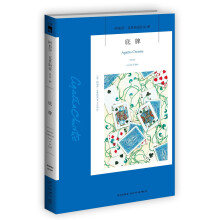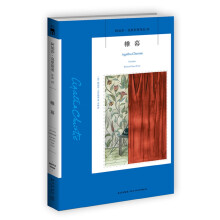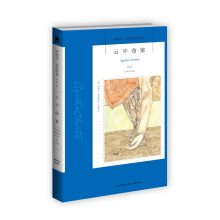Unlike masonry.which is ideally suited for dealing with load andpressure,wood can absorb compressive and tensile forces to an equal ex-tent.But because of the above.mentioned tubular cell structure,the di-rection in which the force is applied is crucial.Parallel to the grain,inother words along its longitudinal axis,wood can absorb approximatelyfour times as much compressive force than across the grain.The responseto tensile force is even more extreme.Figure 5 shows the appropriatestrengths for coniferous wood(S10)as asmissible tensions in N/mm2 ac-cording to German standards<br> For construction this means that.as far as possible,the timber should be installed so that the load is placed on its efficient longitudinal axis,where it can absorb compressive and tensile forces-In general.10adbearing capacity depends on the proportion of thick-walled timber cells,and thus on the density of the wood.Hard deciduoustimber such as oak is thus particularly suitable for compressive loading,as a sill or threshold timber,for example,while long-fibred coniferoustimber is more suitable for dealing with bending loads.
展开










